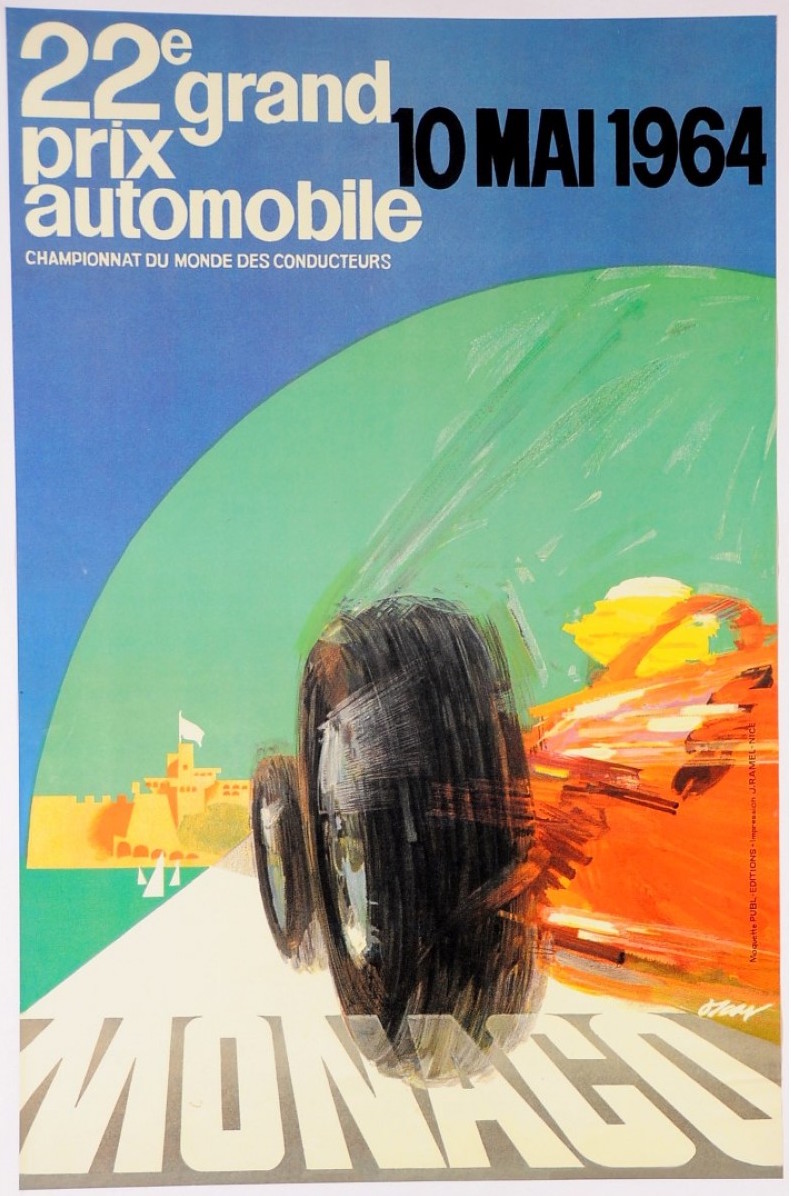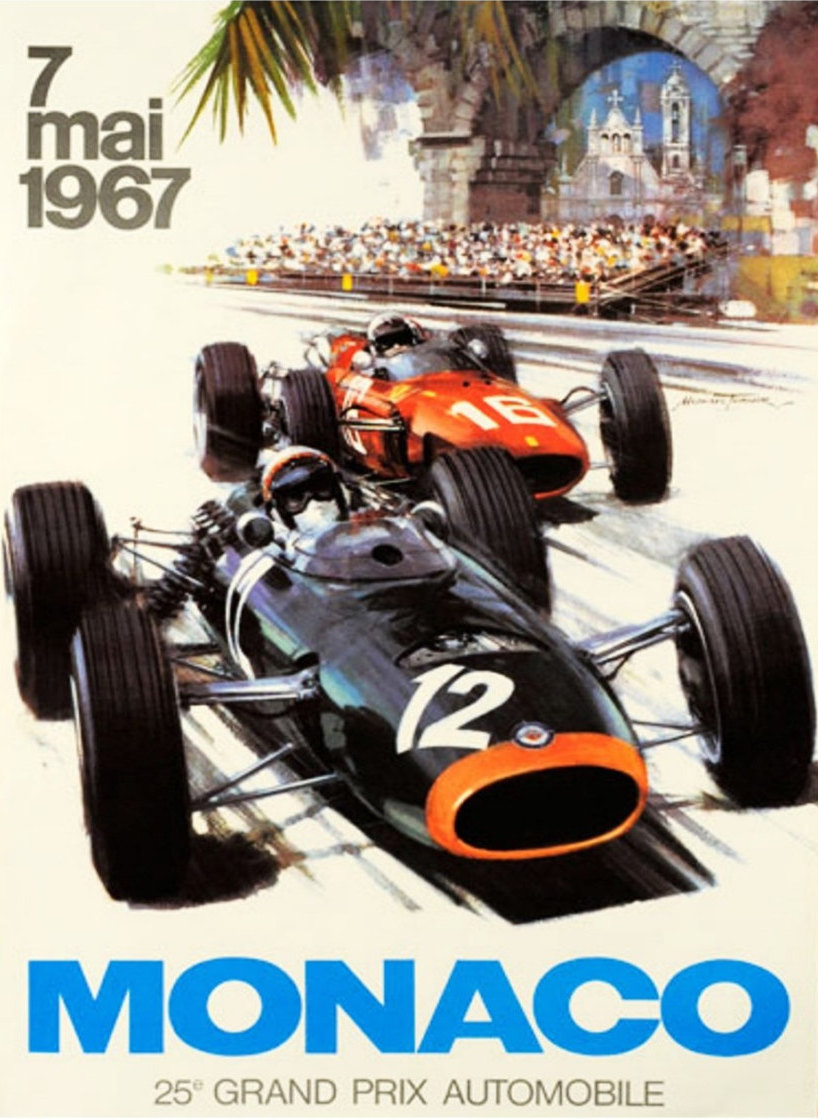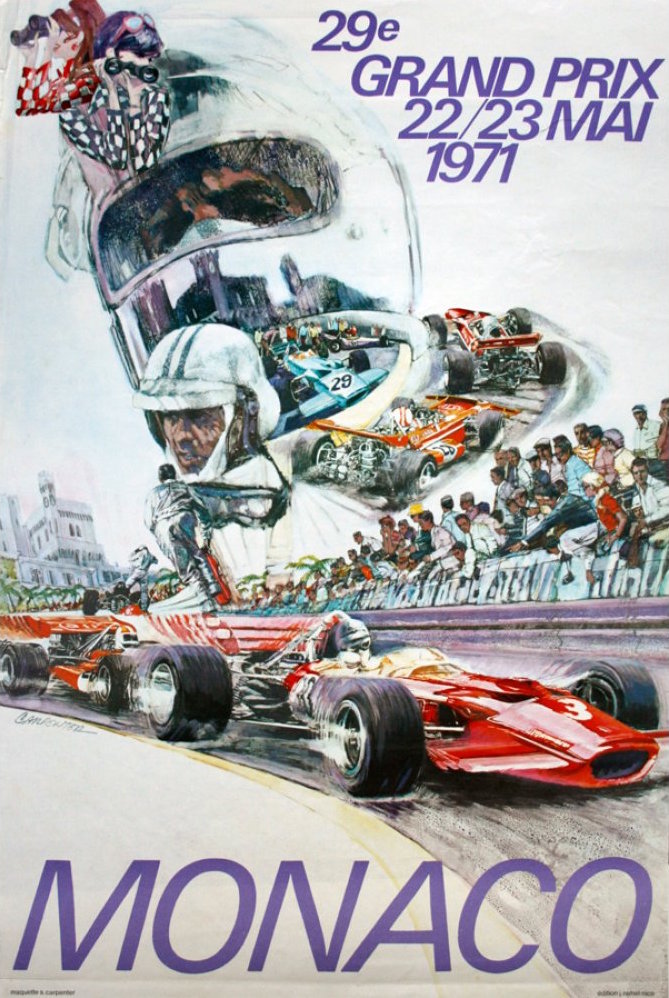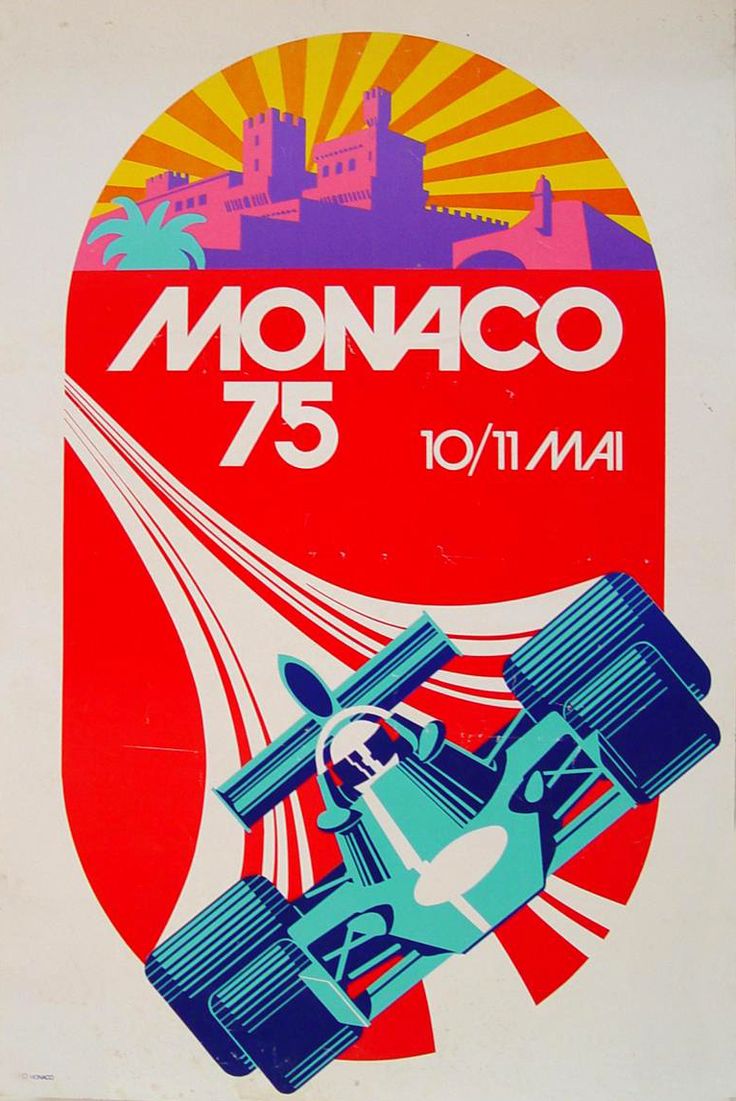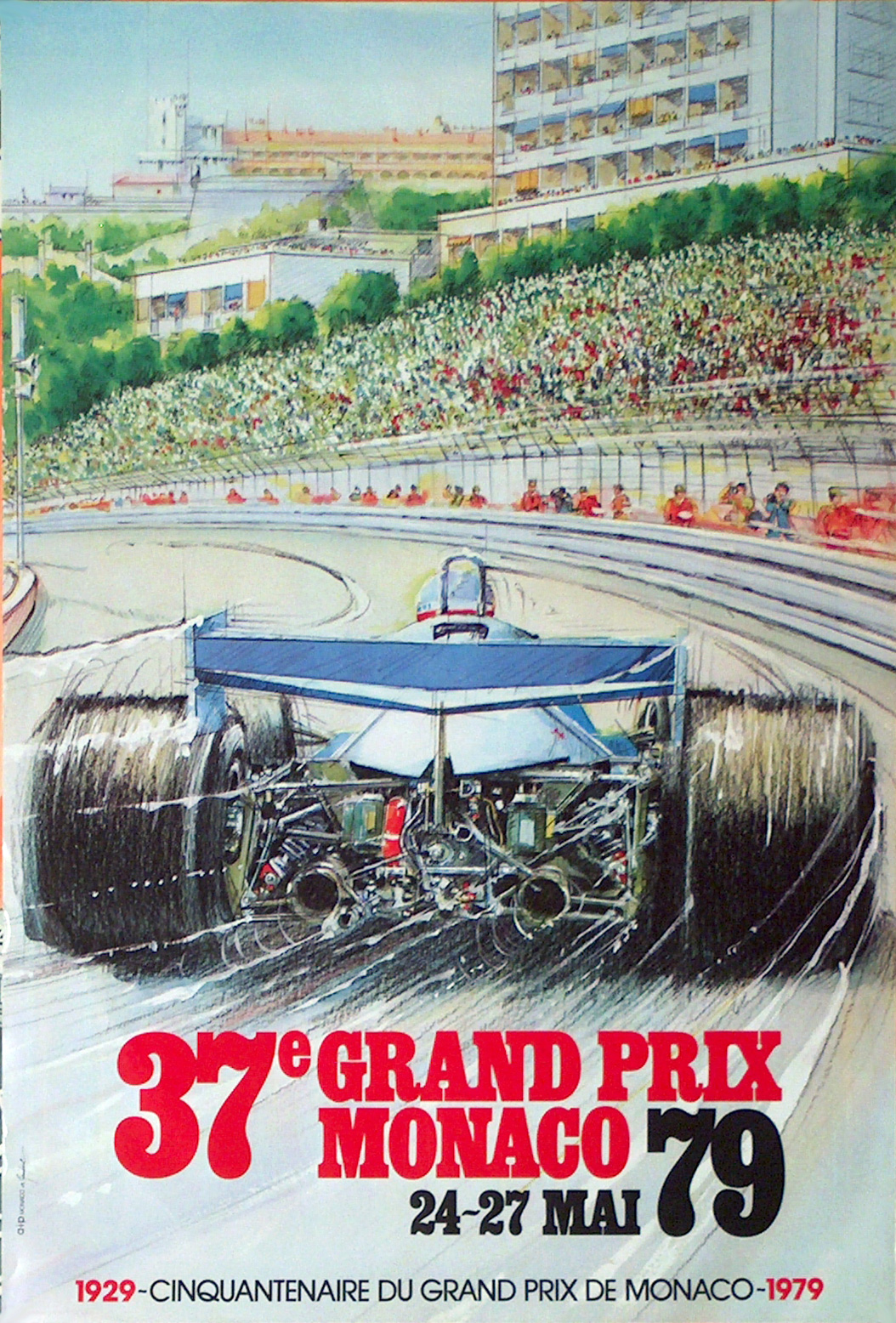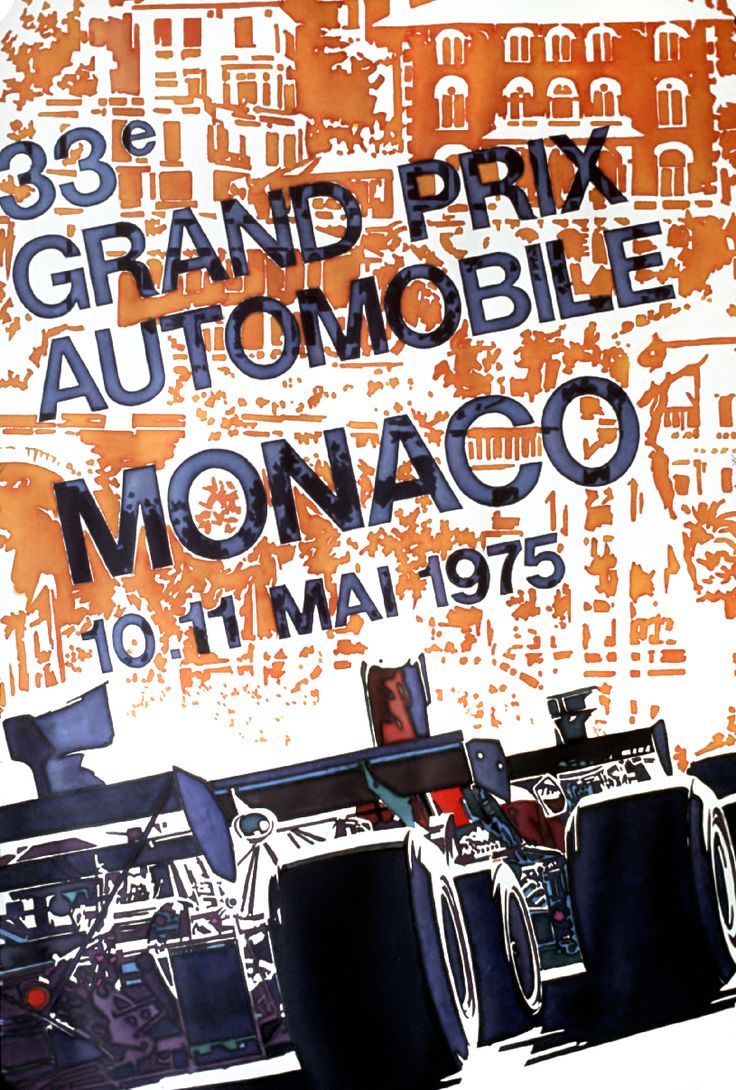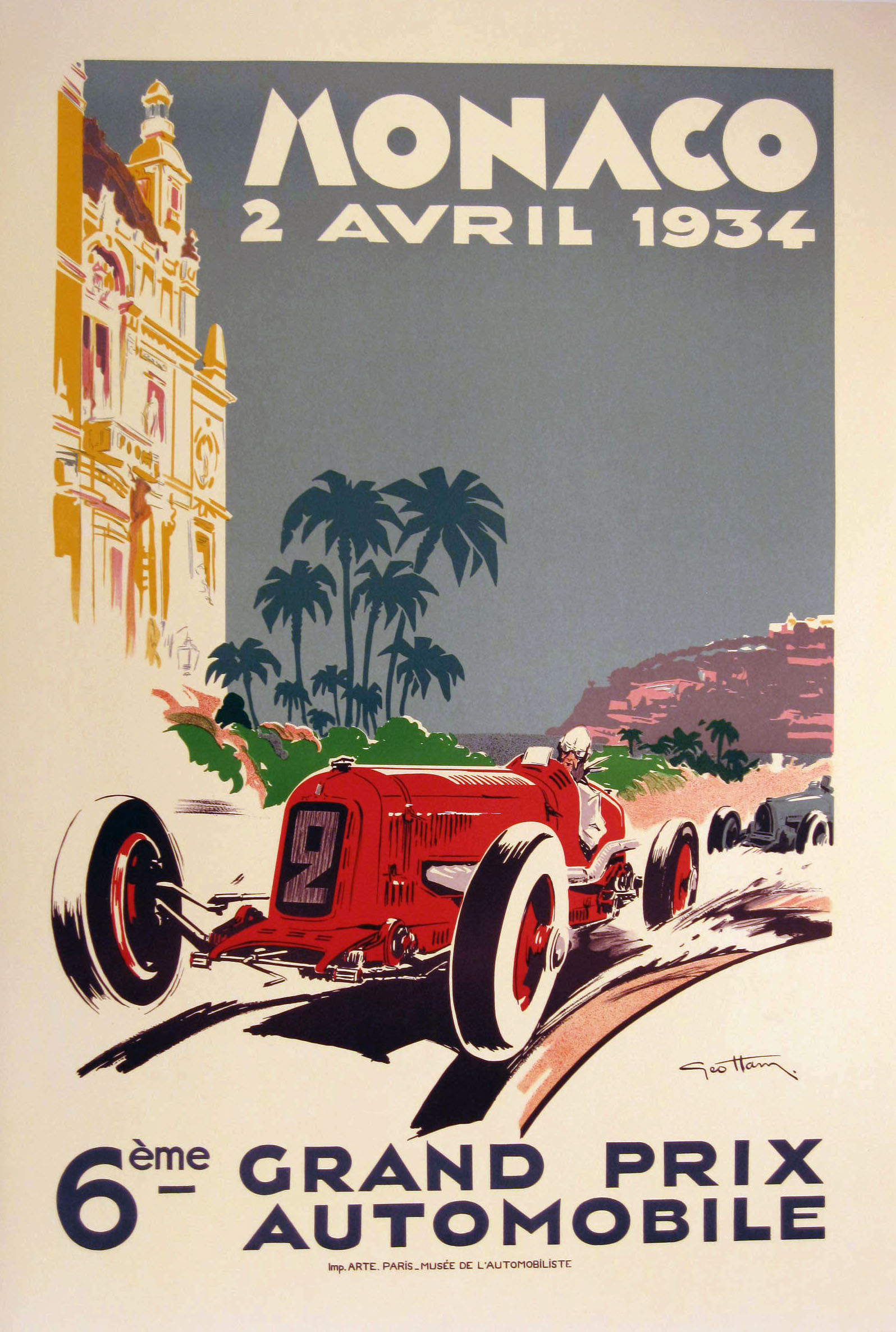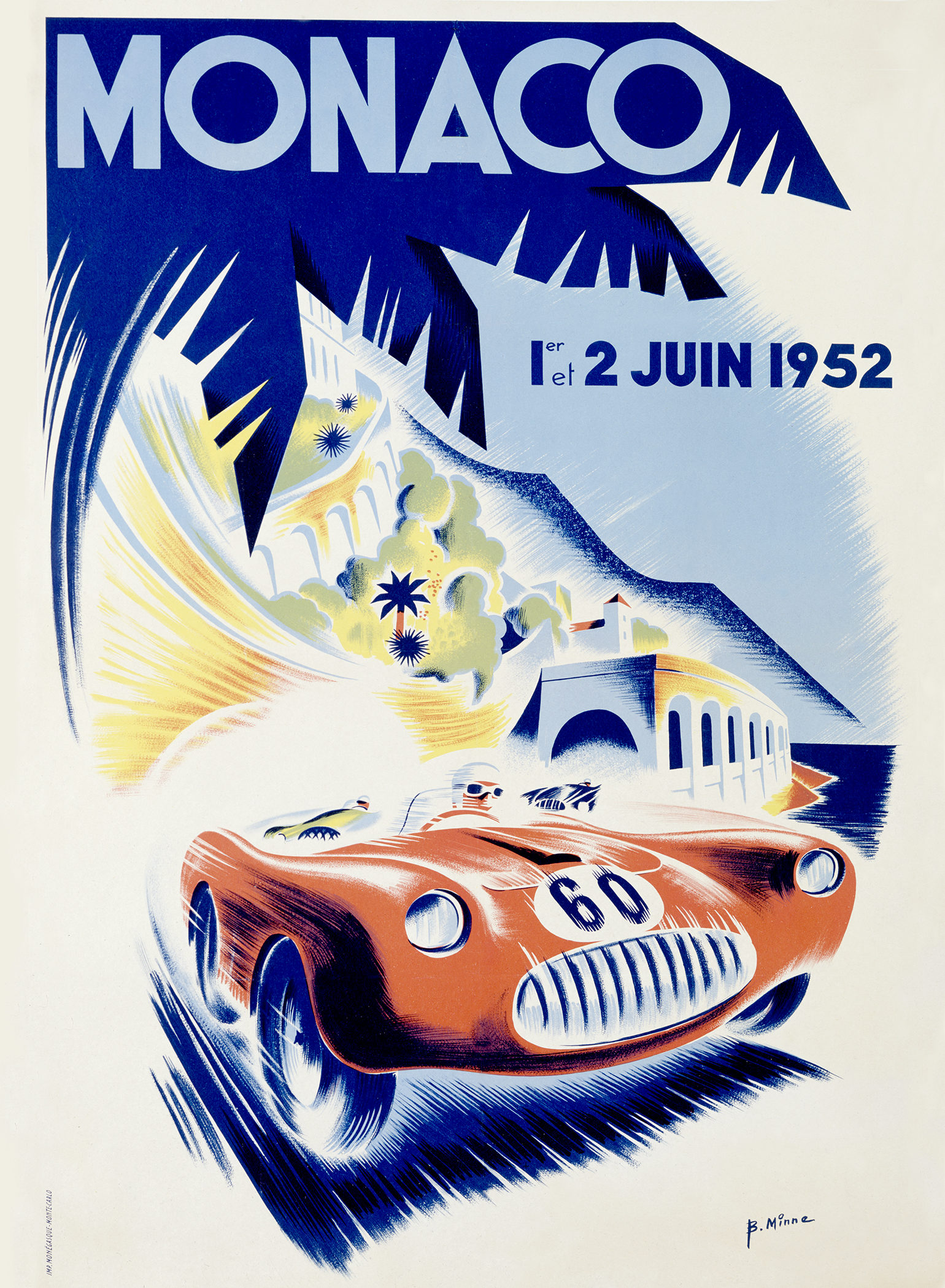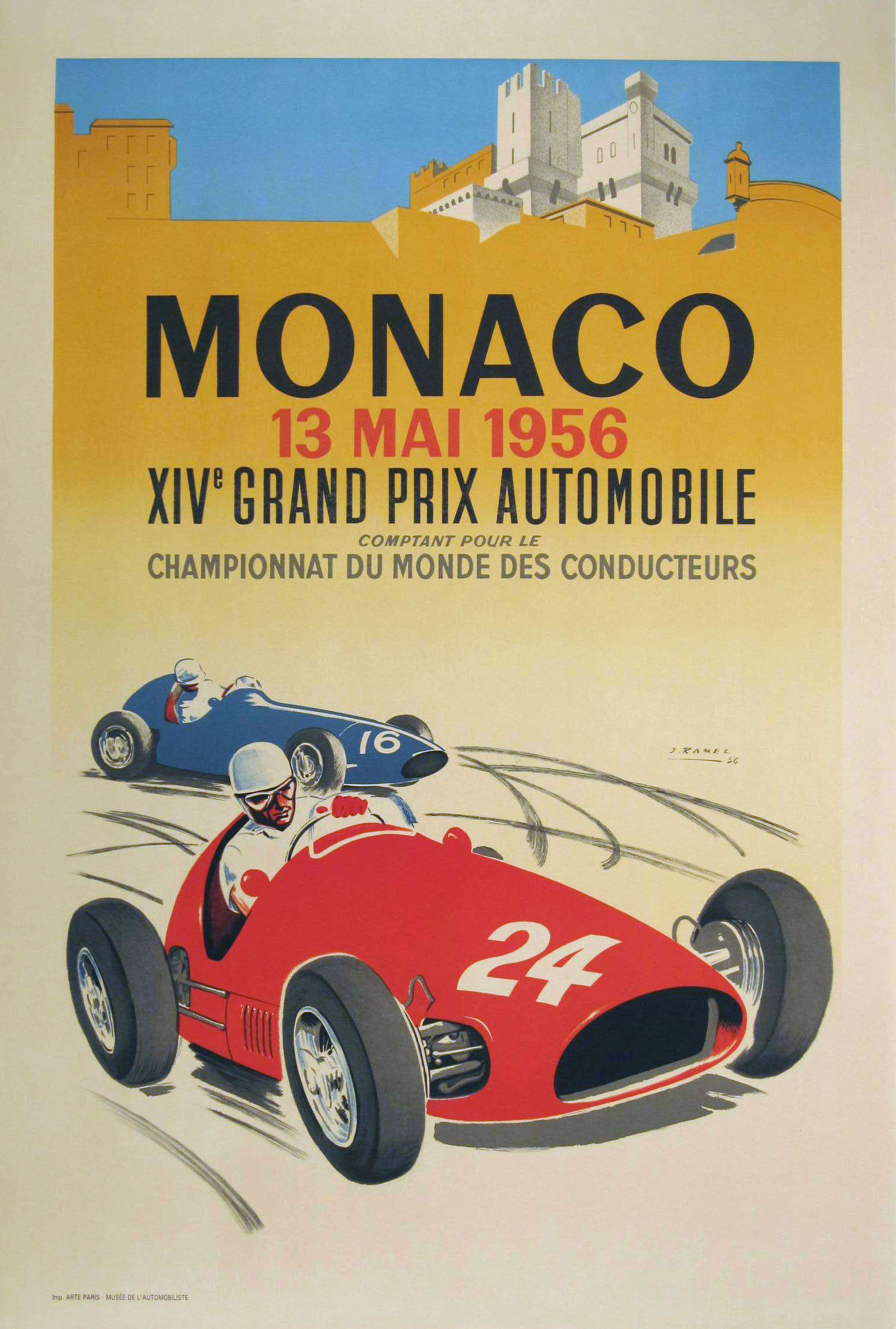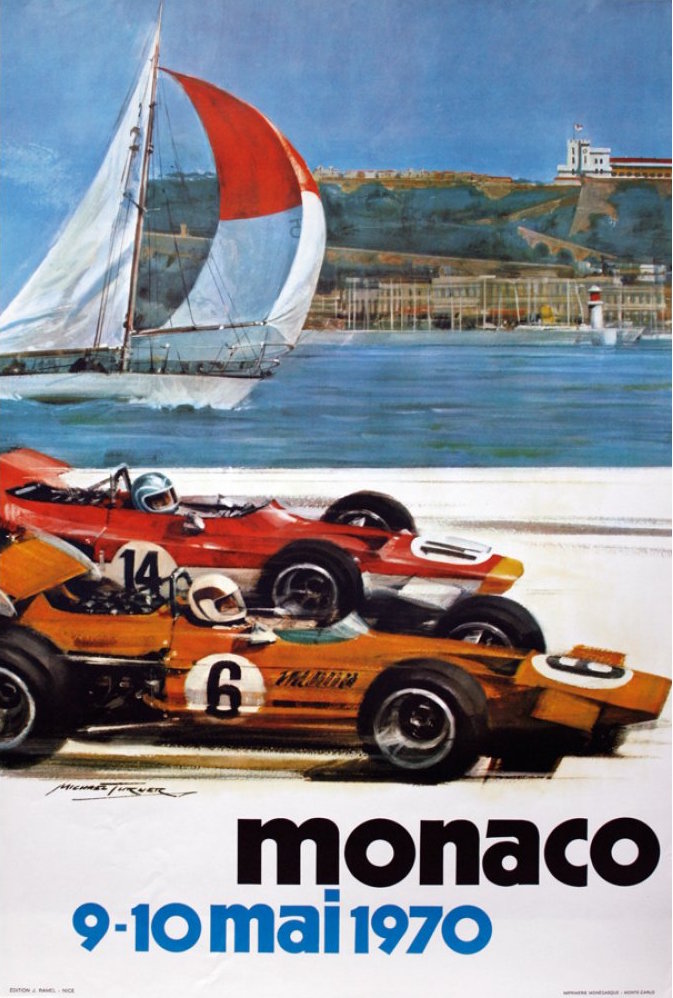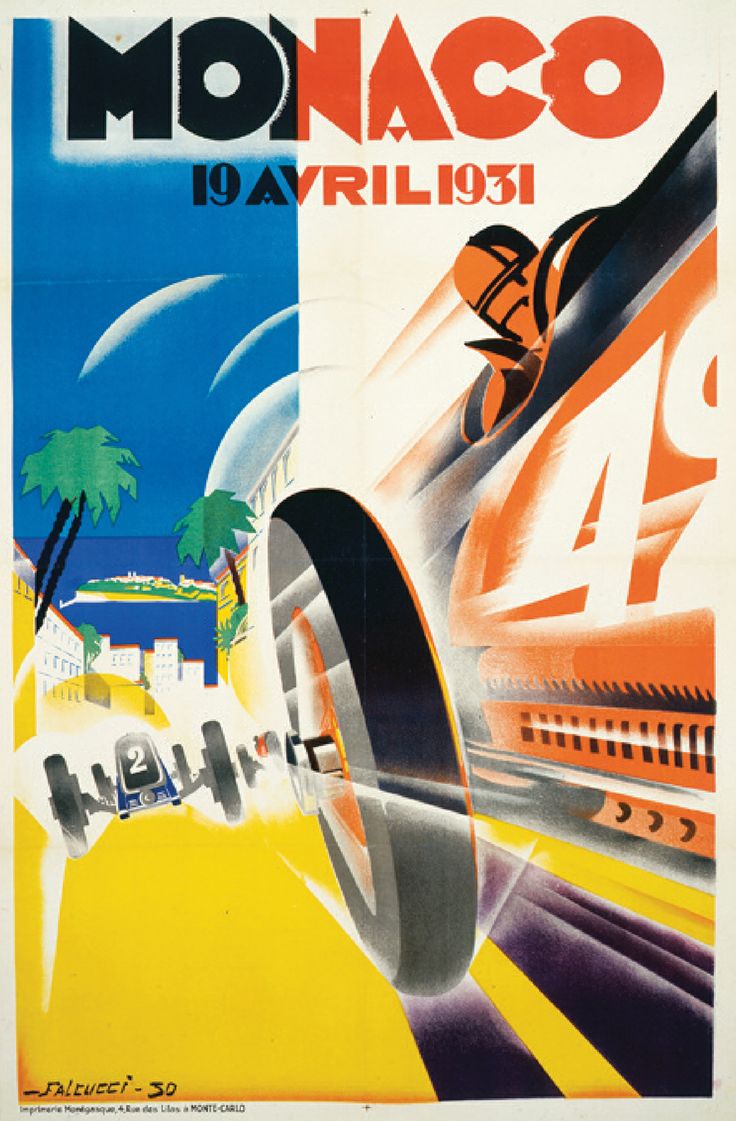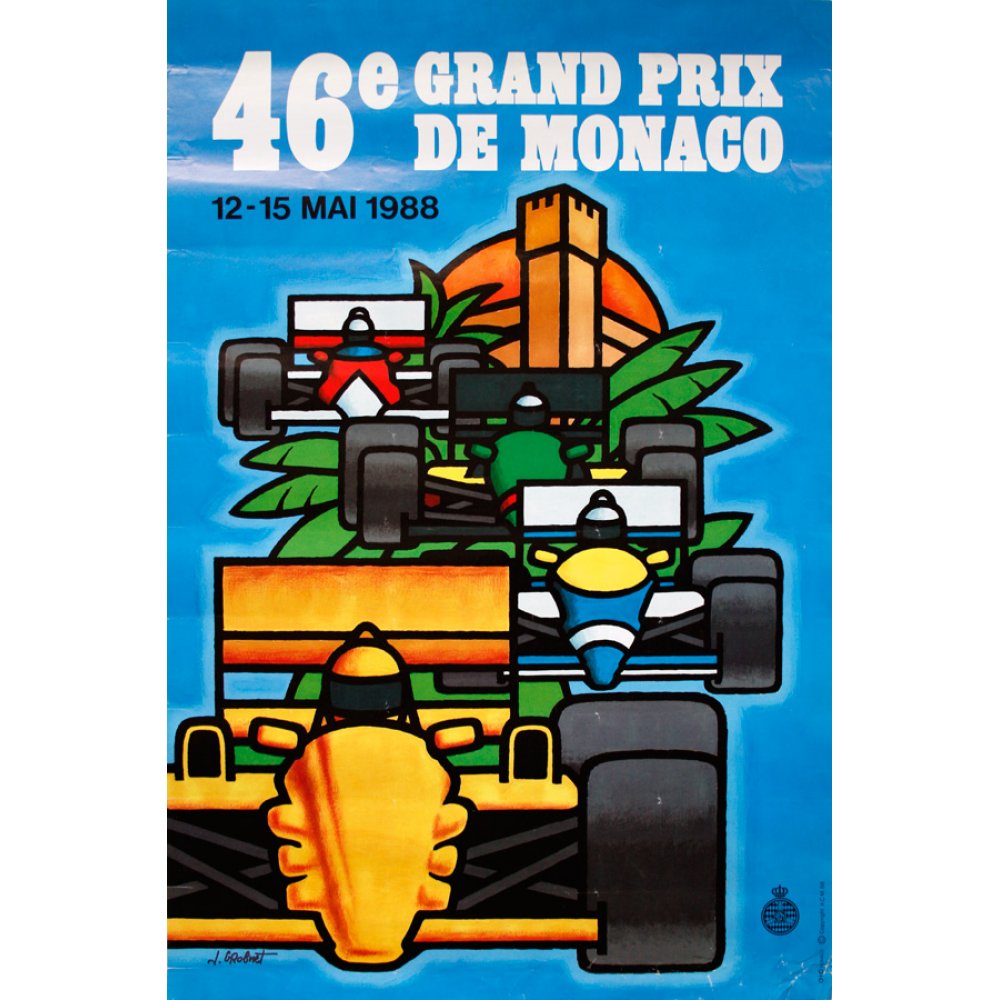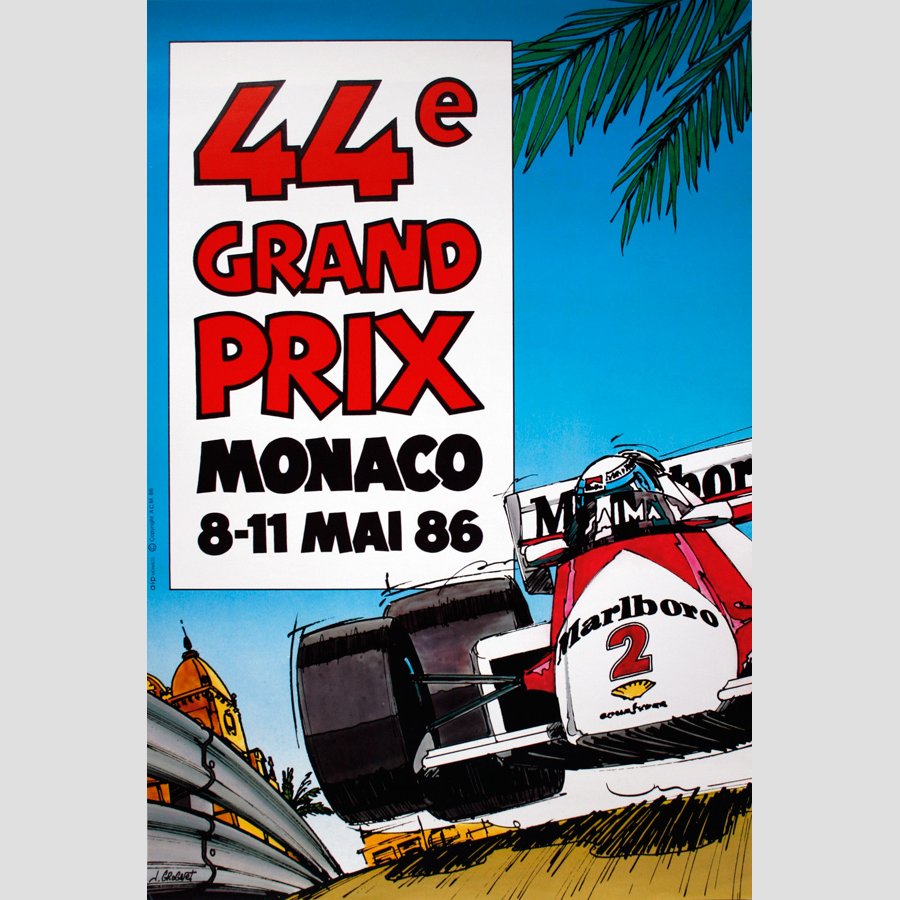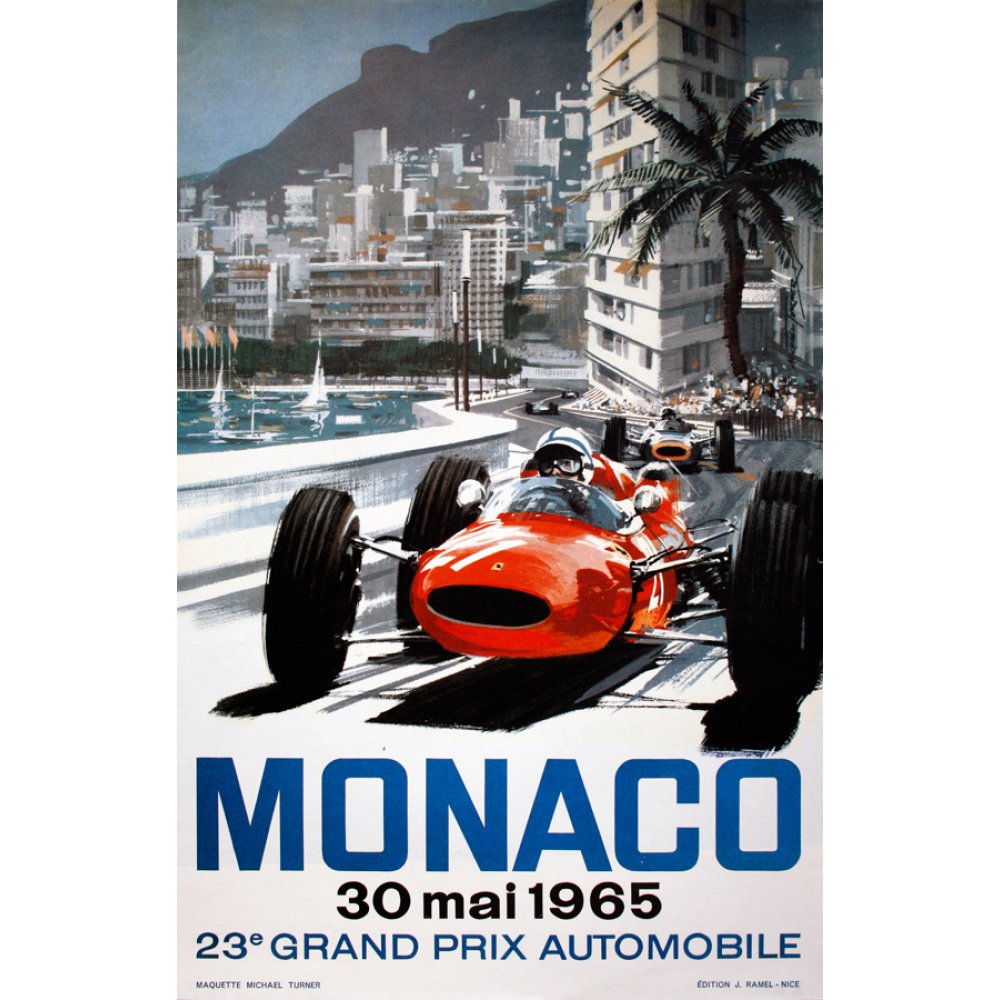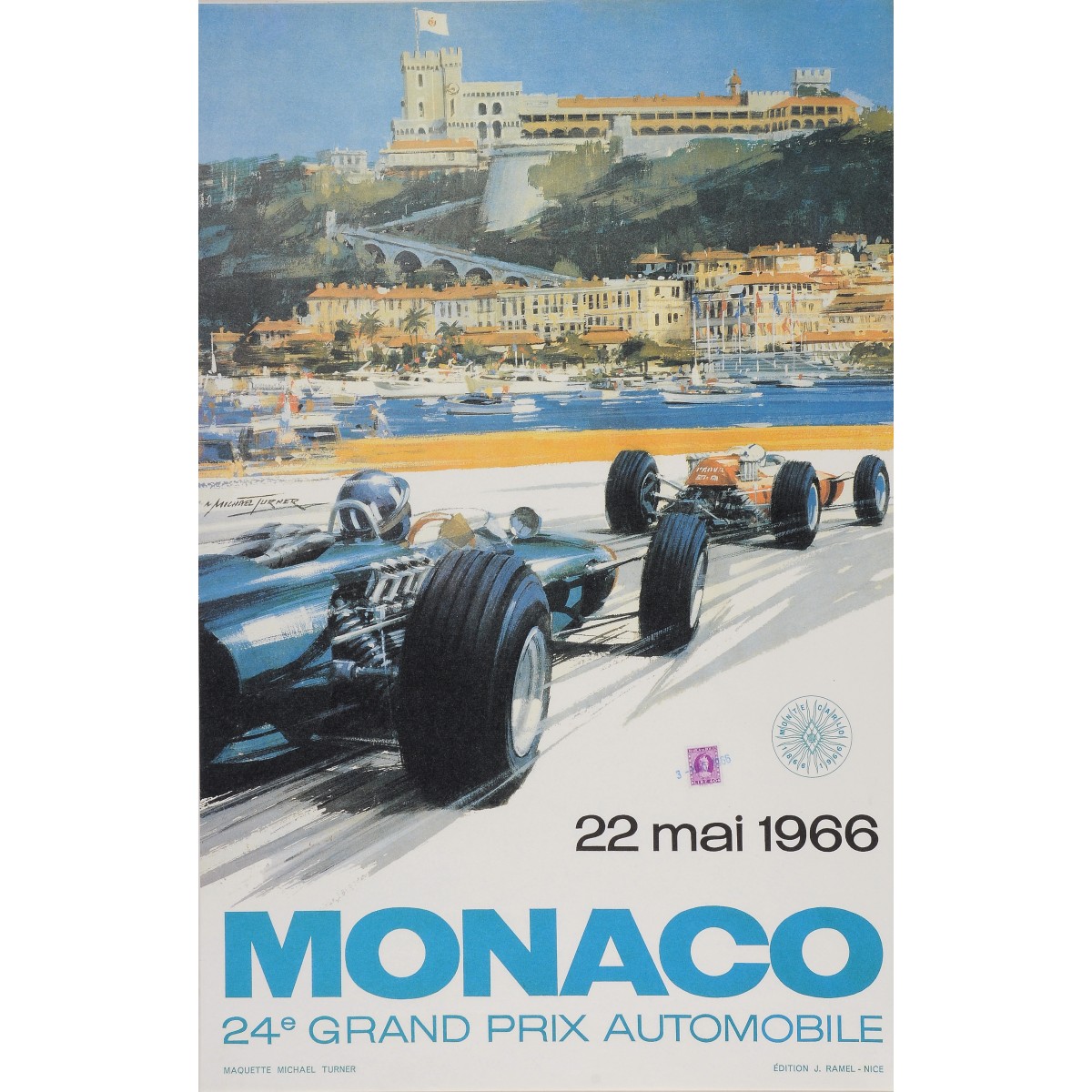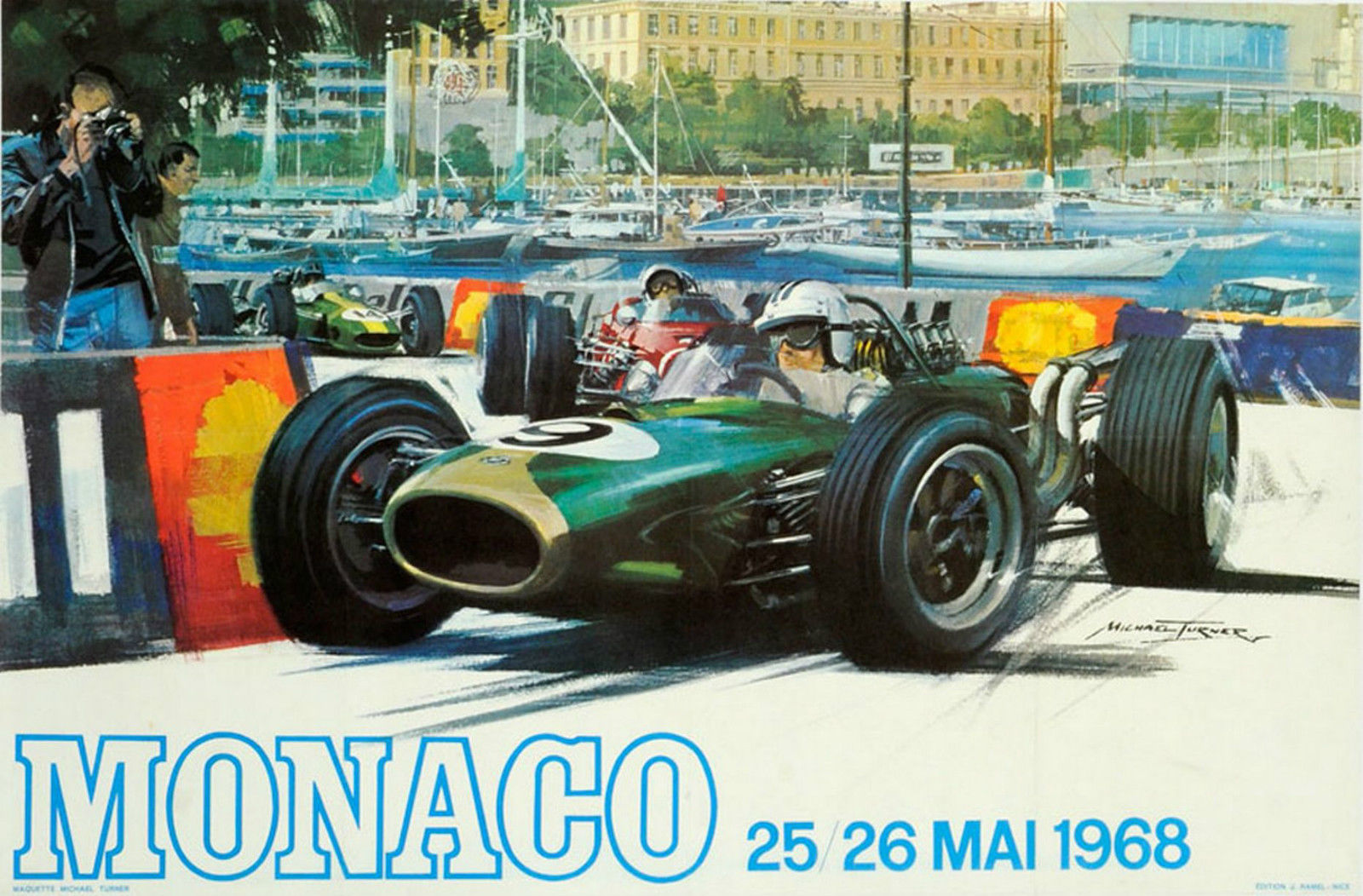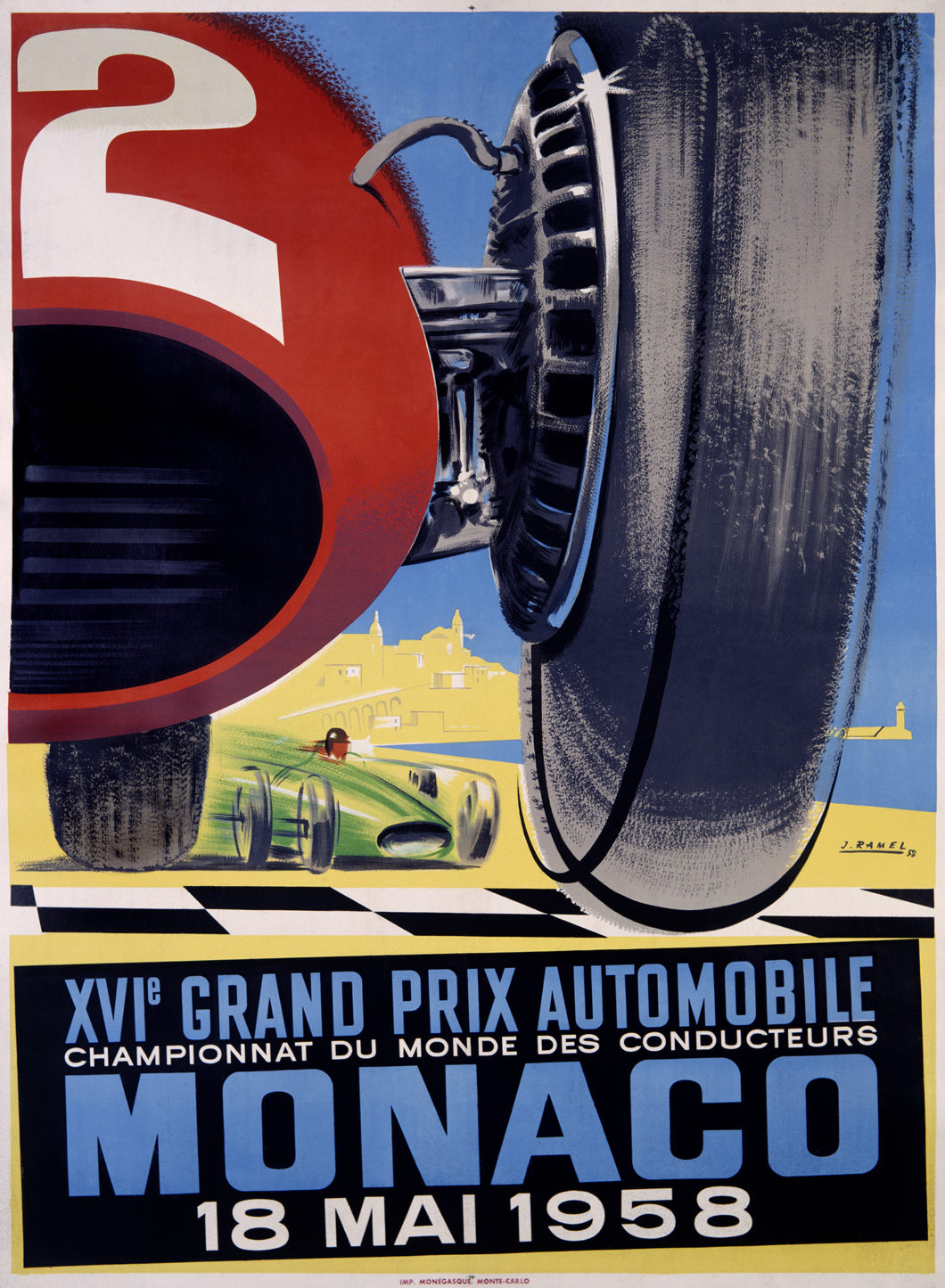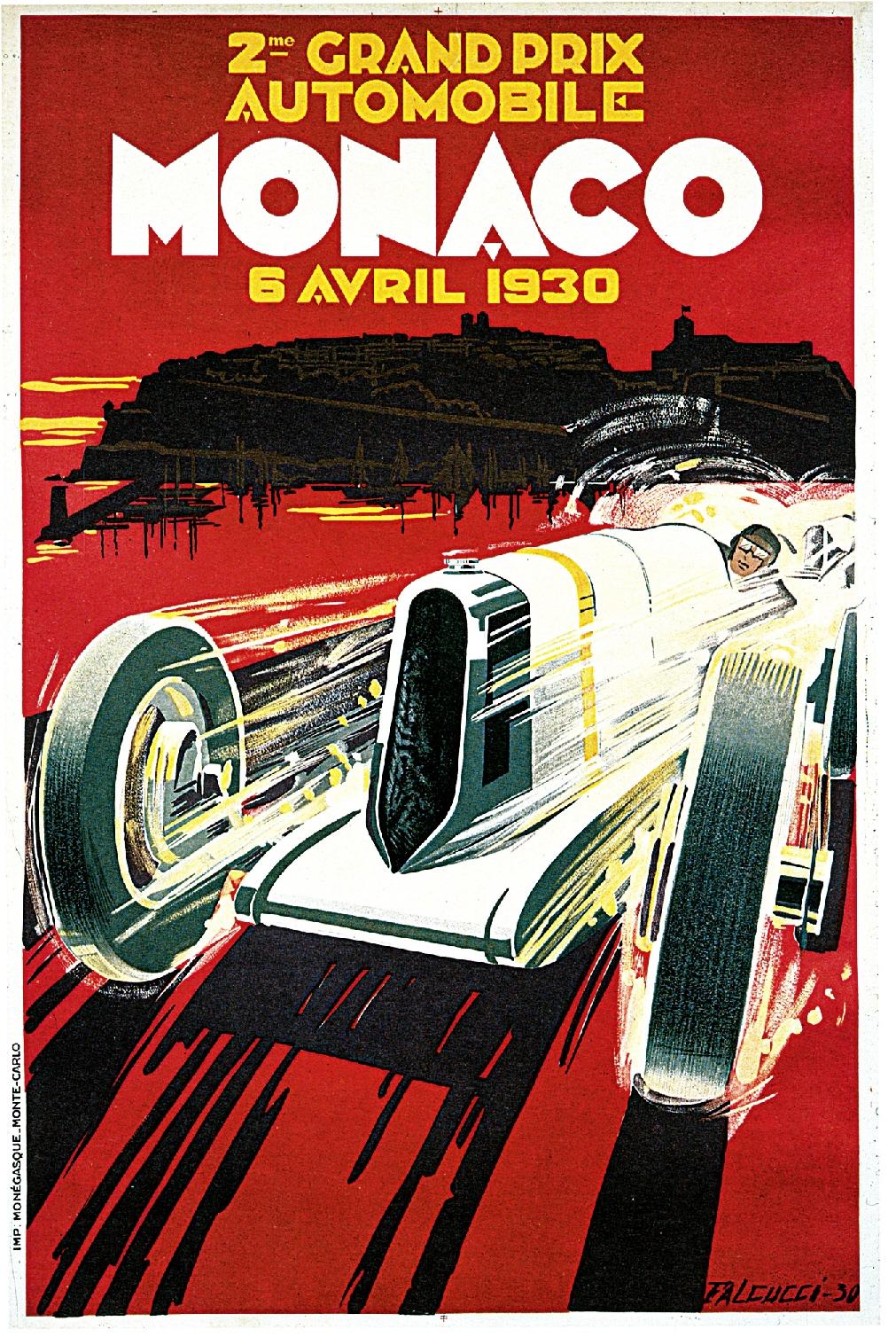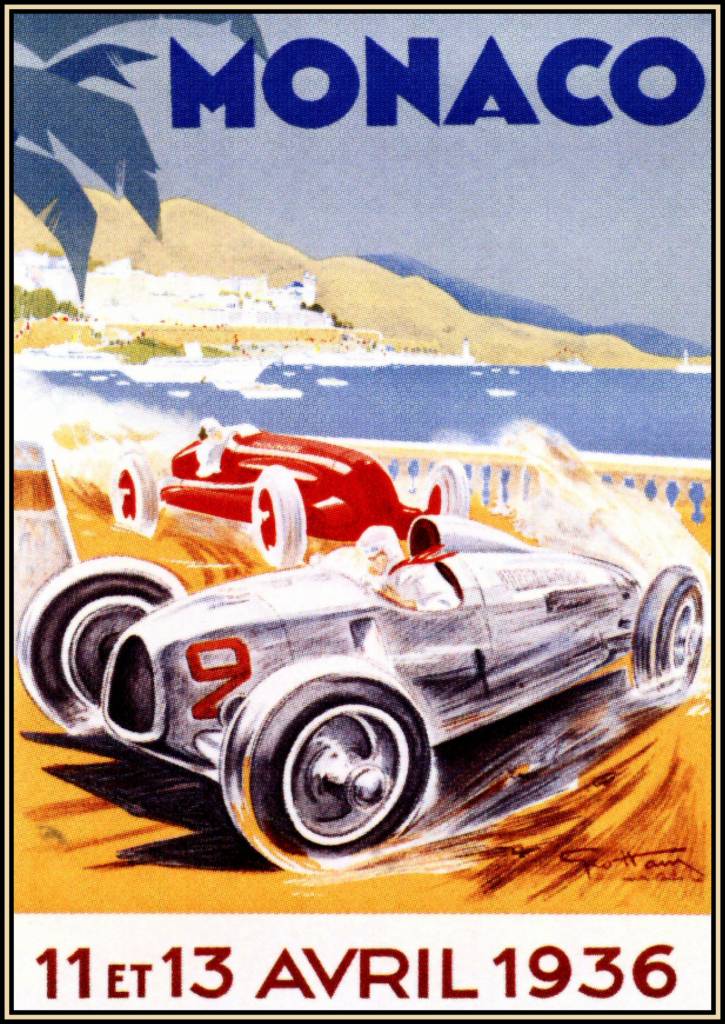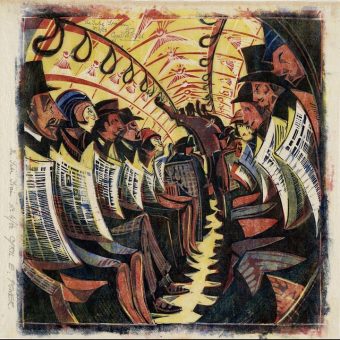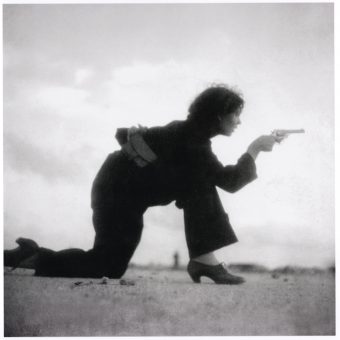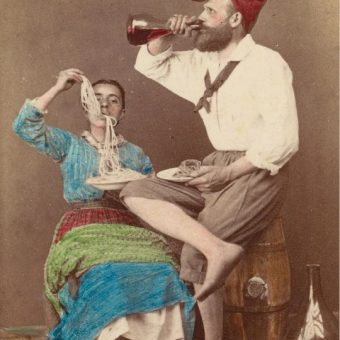The Monaco Grand Prix is a Formula One motor race held each year on the Circuit de Monaco. Run since 1929, it’s considered to be one of the most important and prestigious automobile races in the world and, with the Indianapolis 500 and the 24 Hours of Le Mans, forms the Triple Crown of Motorsport.
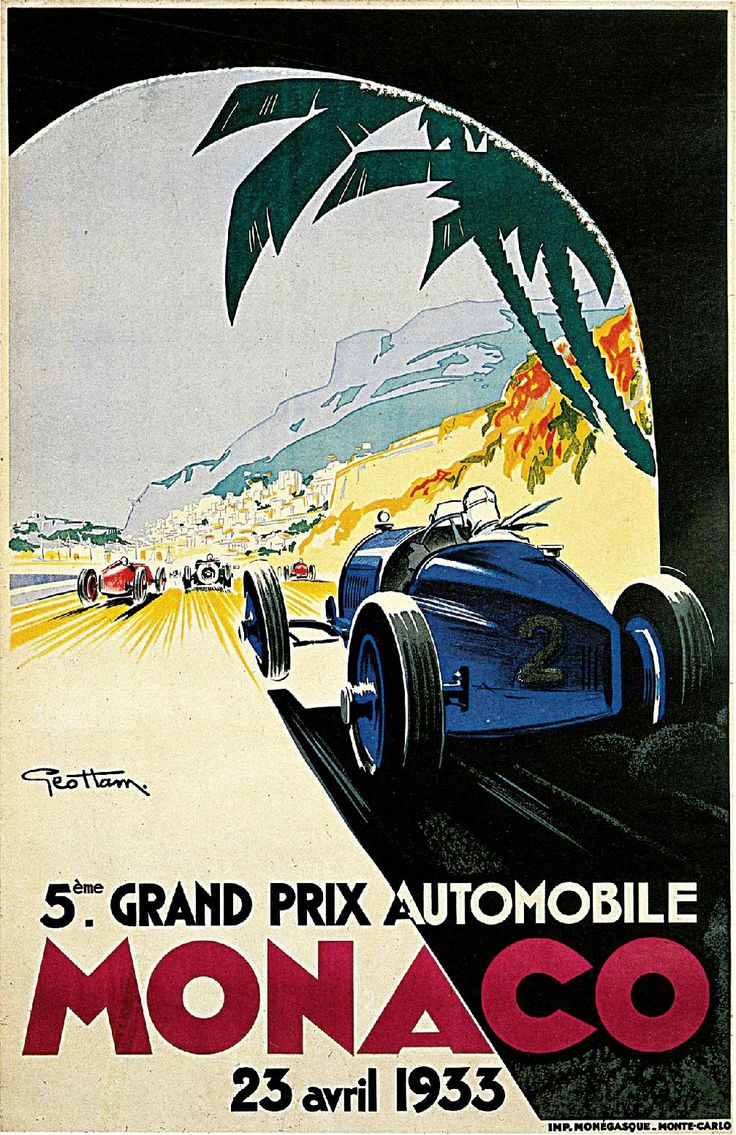
1933: in 1933 Monaco was ranked alongside the French, Belgian, Italian, and Spanish Grands Prix. It was the first Grand Prix where grid positions were decided by practice time rather than the established method of balloting. The race saw Achille Varzi and Tazio Nuvolari exchange the lead many times before being settled in Varzi’s favour on the final lap when Nuvolari’s car caught fire.
The prestigious race is held on a narrow course laid out in the streets of Monaco, with many elevation changes and tight corners as well as a tunnel, making it probably the most demanding track in Formula One. In spite of the relatively low average speeds, it is a dangerous place to race and often involves the intervention of a safety car. It is the only Grand Prix that does not adhere to the FIA’s mandated 305-kilometre (190-mile) minimum race distance.
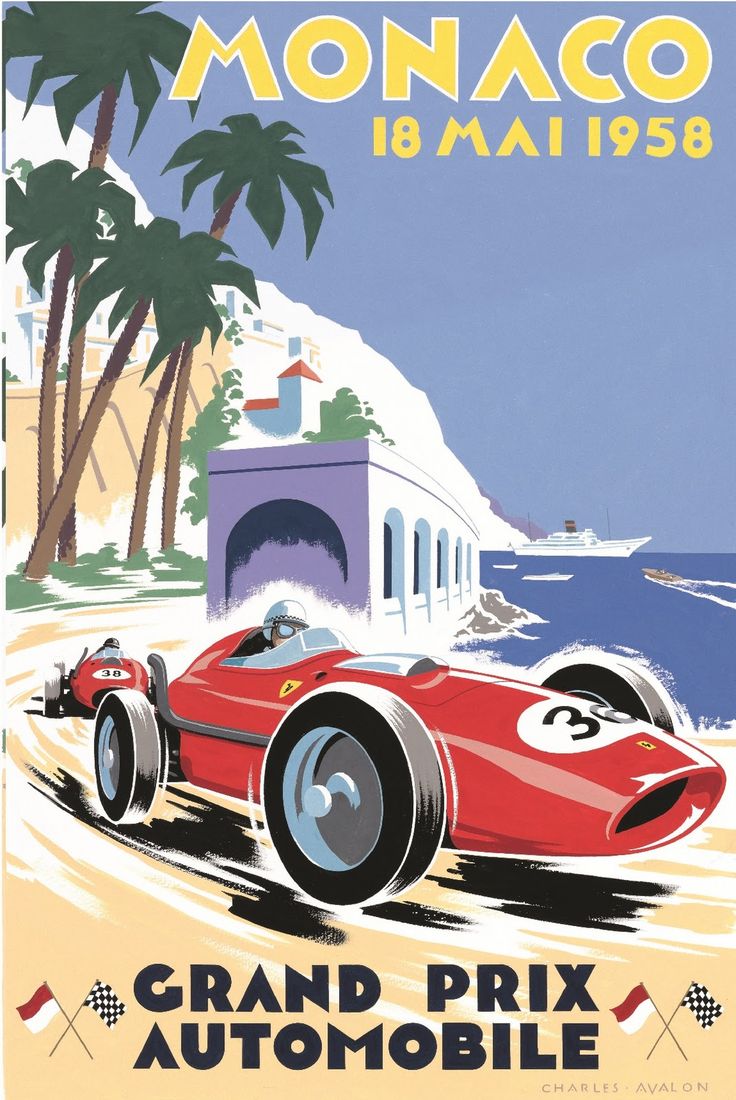
1958: Frenchman Maurice Trintignant, uncle of actor Jean-Louis Trintignant, won the race in a Cooper-Climax. His brother Louis Trintignant was also a motor-racer but died in practice in 1933.
Would you like to support Flashbak?
Please consider making a donation to our site. We don't want to rely on ads to bring you the best of visual culture. You can also support us by signing up to our Mailing List. And you can also follow us on Facebook, Instagram and Twitter. For great art and culture delivered to your door, visit our shop.

